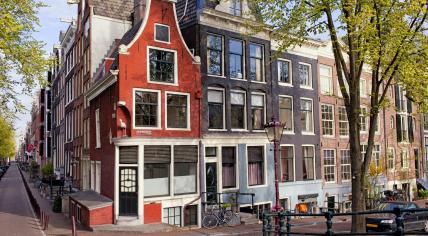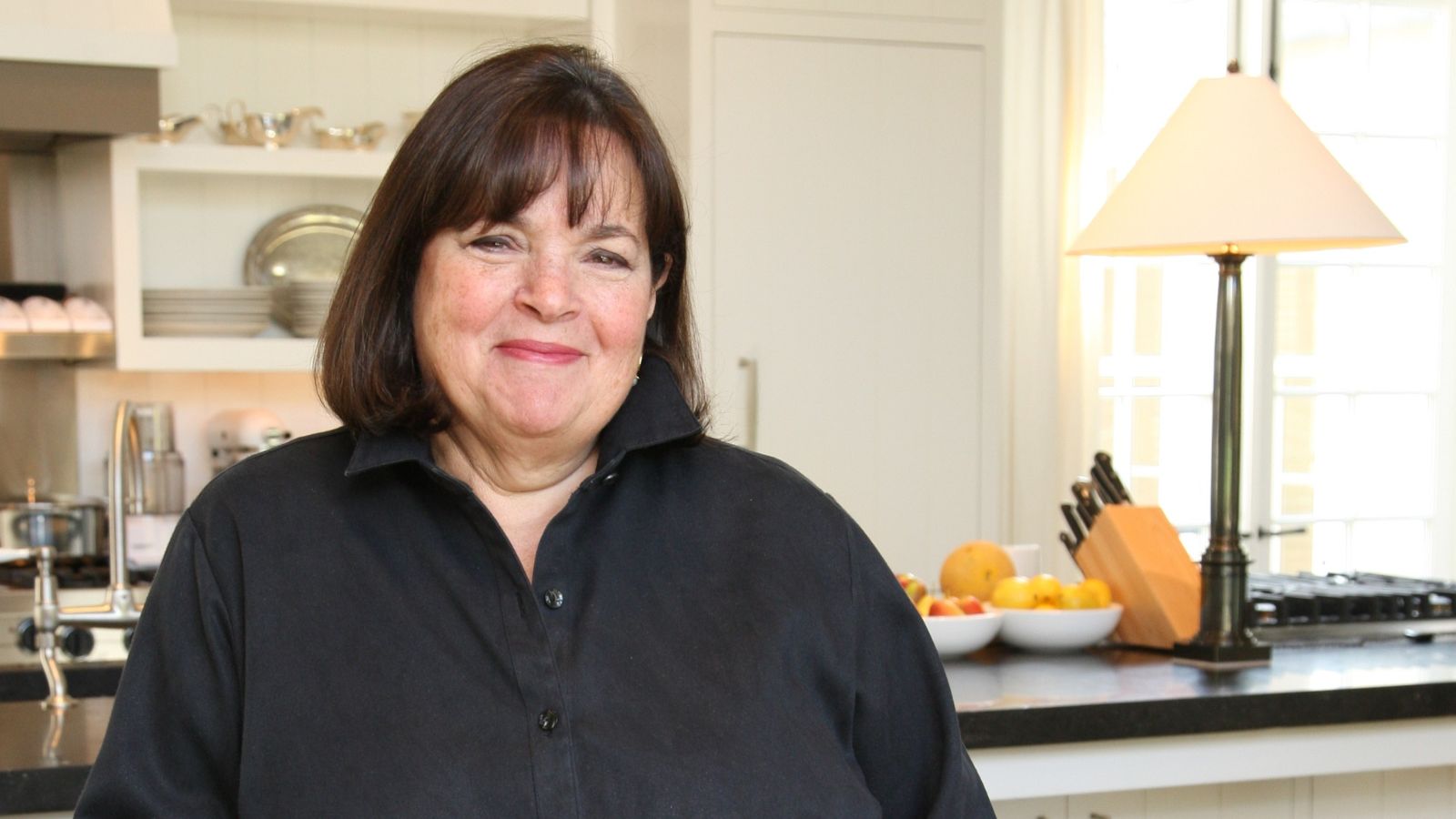
“The neck date reads December 1957. This Strat has been loved and played, but it’s very straight and correct, with the yellowed plastic knobs and pickup covers, and the alder body, which were all standard by then. The body has slim body contours like a ’56 or ’57, and it’s quite unlike the chunkier contours that started appearing in mid-to-late 1958.
“The neck starts off with a beautiful V that is on the harder side and that’s fairly typical for late 1957. By about the 5th fret the V shape softens out into a larger and wider profile, and by the 9th fret it has a very substantial heft. The frets are original and they show some wear, mostly in the cowboy chord position, but the playability is fantastic.

“I don’t know much about this guitar’s history, but I got it about 20 years ago. I received a call from We Buy Guitars and after seeing some photos and asking a lot of questions I flew down to Texas to buy it. “I remember opening the case and saying, ‘Wow’ because it looked so much like the 1958 Moreno Blue Esquire that I also still have.
It’s obvious they were sprayed from the same can of paint and, in fact, I’d imagine that one quart of lacquer did all the guitars Fender ever made in this colour. “Moreno Blue is the colour that pre-dates Lake Placid Blue because Fender didn’t begin using that until late 1959. Moreno Blue was sprayed over a Desert Sand basecoat and this body was always intended to be this colour.
“In the 1950s, most Strats were purpose-built to be sunburst and they were stained yellow. Most times a body would simply be taken off the rack if a custom colour order came in, but in this case, the yellow was never applied. “Fender used Desert Sand as a basecoat for custom colours pretty much exclusively in the earlier days, but by 1961 or 1962 you can see other colours being used as a primer.
I see a lot of Fiesta Red examples painted over Shell Pink or Coral, probably because they weren’t used that much. “Rather than waste the lacquer, they probably decided to use it up as a primer instead. It was the same with Sonic Blue because they probably had way more than they needed.
” “The earliest Lake Placid Blue Fender that I’ve ever seen had a January 1960 neck date and sixth-week potentiometers. Of course, Fender’s colour chart didn’t appear until November 1961, so although those colours were used beforehand, they weren’t standardised. “Fender did name a couple of colours, but from an automotive standpoint they weren’t correct.
Also, over time people have made up names, such as Luar Green, but Fender never called it that and neither did any of the automotive paint manufacturers. It’s actually Arlington Green. “San Marino was a colour that was being used in the automotive industry and it was probably manufactured by DuPont.
Fender got their paint from a little auto body supply shop and if they had an order for a blue guitar, they just bought what was in stock. I have paint swatch books going back to 1940, and using those and a paint camera it’s usually possible to figure out what Fender was using for custom colours.” “Custom colour Fenders from the 1950s are extremely rare and I’d estimate that during that decade they probably made less than 200.
A lot of those guitars would have been stripped during the hippie era when everybody wanted natural or sunburst. I’ve had a few of those where you could still see traces of the colour in the routs. “All three pickups sound really good.
Sometimes these guitars just have a great bridge pickup, like a cat scratching on glass, and it’s the ultimate sound. Sometimes you get a really warm and liquid-sounding neck pickup or a very woody middle pickup, but when you have all three on one instrument you have a special Stratocaster. “I try to avoid the word ‘best’ because once you’ve used it, you can’t use it again.
But I will say this guitar is among the top 10 Stratocasters from the 1950s that I’ve ever touched. It just has the most wonderfully big bell-like tone and if the Lord Almighty ever wanted to carve a guitar neck, this is the template he should use. It has been with me for a long while and I guess I have a soft spot for it.
”.














